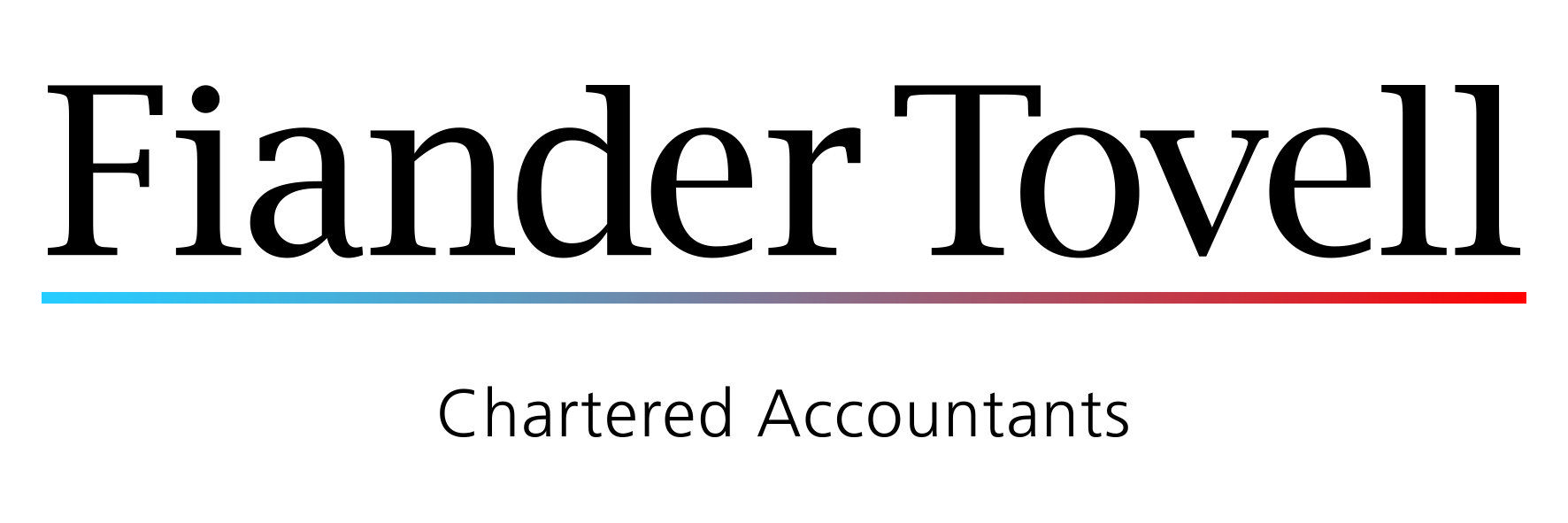As a business owner, it’s always wise to look ahead to the future. Any number of circumstances may mean that one day, you’ll consider selling your business. However, before this process can even begin, you will need to establish your exit plan. At Fiander Tovell, we work with our clients to create a solid exit plan that will help them to maximise the value of their business.
As part of the exit plan, we will work alongside you to ensure that your accounts are in order, to help attract potential buyers. This includes bringing attention to the potential issues that may slow down the transaction at a later stage.
In the first instalment of our Exit Planning mini-series, we discuss some of the ways that we can work alongside business owners to prepare their accounts for a smoother transaction.
Management Accounts
Buyers will usually want to see your management accounts from the previous three years, as well as appropriate forecasts. It is important that they are well presented and consistent with year-end accounts as this will make it easy for the buyer to understand and give them confidence that the finances of the business are well managed. Although management accounts are very much bespoke to your business needs, we would recommend that you include the following:
- Key performance indicators (KPIs)
- Profit and loss statement
- Cash position
- Balance sheet
We understand and can help you find the most suitable way of formatting and presenting your management accounts. This will help potential buyers to appreciate the value of your business.
Adjusted profits and determining the price
When you begin forming an exit plan, we would encourage you to be aware of what affects the price of your business. With this in mind, it’s a good idea to minimise ‘lifestyle expenses’ and to normalise other costs as soon as you can within the process, to show a steady improvement in profitability, rather than an unexplained spike.
Accounting estimates and variances
Accounting standards sometimes permit different treatments of items, which can arise as a number of factors:
- Changes in accounting standards happen from time to time and may not be reflected in your historic accounts but will affect the future reported profits
- There can be differences between the way UK accounting standards require items to be treated in your accounts and the way international standards treat them.
- Some accounting requires estimates to be made and these can be subjective. A difference in estimating techniques or values can affect the profits that are reported.
Bearing the above in mind, it is important to be aware of these potential differences. In doing so you will be able to consider whether alternative treatments may be more appropriate, or necessary and whether changes could improve or better reflect the true business profitability. It may also enable you to pre-empt a buyer’s possible challenge to your treatment.
Accurate accounting estimates and variances will be required to help the buyer visualise where the business is going. But how do you go about this process? You should usually start with the most recent accounting year and then predict changes to revenue and costs. We recommend you get used to doing this for a few years before you put the business up for sale so that your forecasting becomes more accurate and the buyer will be able to rely upon them.
Balance sheet and Working capital
[current assets] – [current liabilities]
A buyer will be interested in the working capital of your business, because it indicates not only the efficiency of your current operations, but also how viable the business will be in the long term. A sufficient level of working capital must usually be retained within the business at the point of sale to enable the business to continue its normal operations immediately after sale.
You should ensure you understand your business’ working capital requirement and project what it is likely to be at the point of sale, as any shortfalls will usually be knocked off the price of the business.
It’s quite common for a business to have provisions designated for specific expenses that may occur in future, or to reduce the value recoverable value of certain assets. However, it’s important to note that these may affect the valuation of your company when a buyer sees provisions on your balance sheet.
When organising your balance sheet, you may need to consider making stock adjustments. A stock adjustment is an increase or reduction made to your stock, so that the physical quantity matches the digital stock shown in the system, or one that changes the carrying value of stock items Making sure you have a sound stock policy in place well ahead of a sale is important to avoid any nasty shocks or reductions to the selling price of the business.
Completion funds flow
- deferred payments and earn-outs
- retentions
- price adjustments
- share options and rollover
- professional costs
….. and the list goes on! Therefore, we suggest your advisers pull a draft completion funds flow together at the earliest stage possible in the process so that you have a clear expectation of what you will receive on the day.
At Fiander Tovell, we understand the importance of exit planning in the lifecycle of a business. We help our clients through the exit process, aiming to maximise value and bringing attention to the potential issues that could slow down their sale, to facilitate a smoother transaction with a fairer outcome.
For more information about forming an exit plan, or to enquire about our Business Planning services, please do not hesitate to contact Cathy Revis, Head of Tax, Transactional Support
& Firm Principal, at cathyrevis@fiandertovell.co.uk.
You can find more of the latest accounting and tax news, here!

